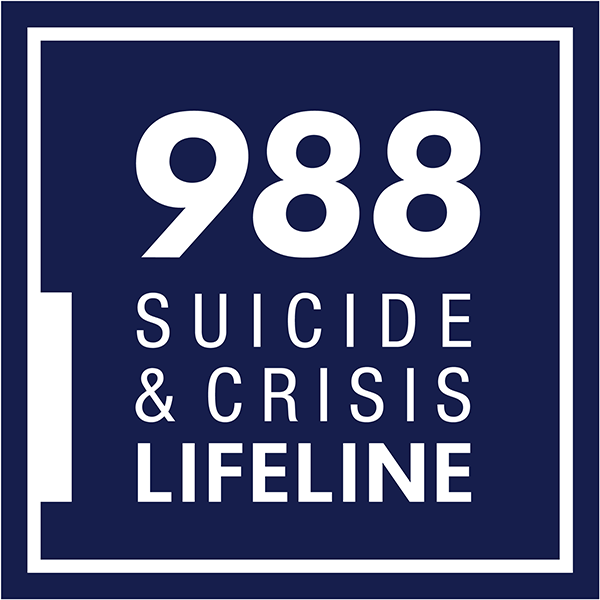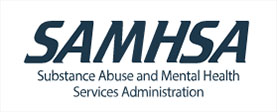Suicide
It’s very important to take any thoughts or talk of suicide seriously. For immediate attention, call the National Suicide Prevention Lifeline at 988.
As the 10th leading cause of death in the United States and the second leading cause of death (after accidents) for people aged 10 to 34, suicide is a serious public health problem.
In 2016 in the United States, nearly 45,000 people died by suicide and the rate of suicide has increased every year since 2006. An estimated 1.3 million adults attempt suicide each year, according to the Centers for Disease Control and Prevention (CDC). More than one in five people who died by suicide had expressed their suicide intent.
Men are more than three times more likely than women to take their lives. Firearms are the most common method of suicide (used in about half of all suicides).
Suicide is linked to mental disorders, particularly depression and alcohol use disorders, and the strongest risk factor for suicide is a previous suicide attempt. Yet, suicide is preventable. Knowing the risk factors and recognizing the warning signs for suicide can help prevent suicide.
Risk factors are characteristics that make it more likely that an individual will consider, attempt or die by suicide. Certain events and circumstances may increase risk (not in particular order, except first one).
- Previous suicide attempt(s)
- A history of suicide in the family
- Substance misuse
- Mood disorders (depression, bipolar disorder)
- Access to lethal means (e.g., keeping firearms in the home)
- Losses and other events (for example, the breakup of a relationship or a death, academic failures, legal difficulties, financial difficulties, bullying)
- History of trauma or abuse
- Chronic physical illness, including chronic pain
- Exposure to the suicidal behavior of others
In some cases, a recent stressor or sudden catastrophic event, failure or can leave people feeling desperate, unable to see a way out, and become a "tipping point" toward suicide.
A recent CDC report highlights the complexity of suicide. While a mental health condition may be a contributing factor for many people, the report notes that "many factors contribute to suicide among those with and without known mental health conditions." A relationship problem was the top factor contributing to suicide, followed by crisis in the past or upcoming two weeks and problematic substance use.
CDC reports that about half, 54 percent, of people who died by suicide did not have a known mental health condition. However, many of them may have been dealing with mental health challenges that had not been diagnosed or known to those around them.
Warning signs indicate an immediate risk of suicide.
- Often talking or writing about death, dying or suicide
- Making comments about being hopeless, helpless or worthless
- Expressions of having no reason for living; no sense of purpose in life; saying things like "It would be better if I wasn't here" or "I want out."
- Increased alcohol and/or drug misuse
- Withdrawal from friends, family and community
- Reckless behavior or more risky activities, seemingly without thinking
- Dramatic mood changes
- Talking about feeling trapped or being a burden to others
Protective factors are characteristics that make it less likely that individuals will consider, attempt or die by suicide.
- Contacts with providers (e.g., follow-up phone call from health care professional)
- Effective mental health care; easy access to a variety of clinical interventions
- Strong connections to individuals, family, community and social institutions
- Problem-solving and conflict resolution skills
- As with mental illness, one of the biggest barriers to preventing suicide is stigma, which prevents many people from seeking help.
If someone indicates they are considering suicide, listen and take their concerns seriously. Don't be afraid to ask questions about their plans. Let them know you care, and they are not alone. Encourage them to seek help immediately from a knowledgeable professional. Don't leave them alone.
- Ask someone you are worried about if they're thinking about suicide. (While people may be hesitant to ask, research shows this is helpful.)
- Keep them safe. Reduce access to lethal means for those at risk.
- Be there with them. Listen to what they need.
- Help them connect with ongoing support.
- Stay connected. Follow up to see how they’re doing
If you are thinking about ending your life:
- Get to your local emergency department immediately
- Remove any means for ending your life (e.g., firearms, medications). Let your family or a friend know how you are feeling.
- Call the call the National Suicide Prevention Lifeline at 988.
- Let your doctor know what is going on
- Do not drink alcohol or take other drugs - it will make matters worse
- Contact the helpline and arrange to see a counsellor as soon as possible
- Talk to someone you trust, such as a friend or spiritual advisor
If you need help, please call the National Suicide Prevention Lifeline at 988 or go to 988lifeline.org and Click to Chat.
Learn more and find resources at www.BeThe1To.com. Be the one to save a life. You can do something to prevent suicide.
Watch this video for more information about the crisis center network:






